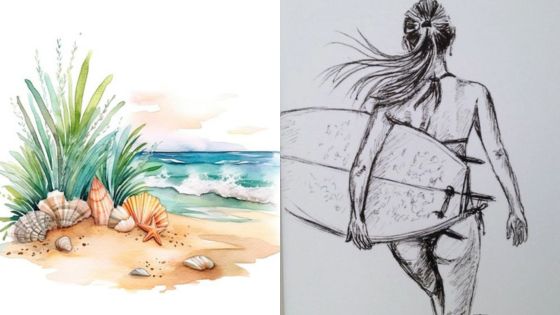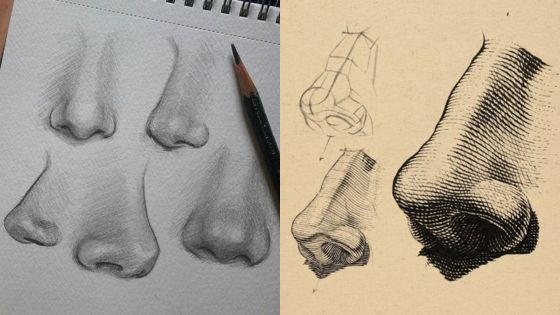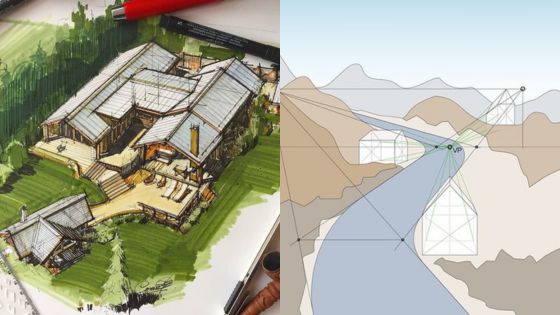Charcoal drawing is a form of art that uses charcoal sticks or pencils to create images on paper or other surfaces. Charcoal is a versatile medium that can produce a wide range of tones, from light grays to deep blacks, and can be used to create everything from quick sketches to highly detailed and realistic drawings.
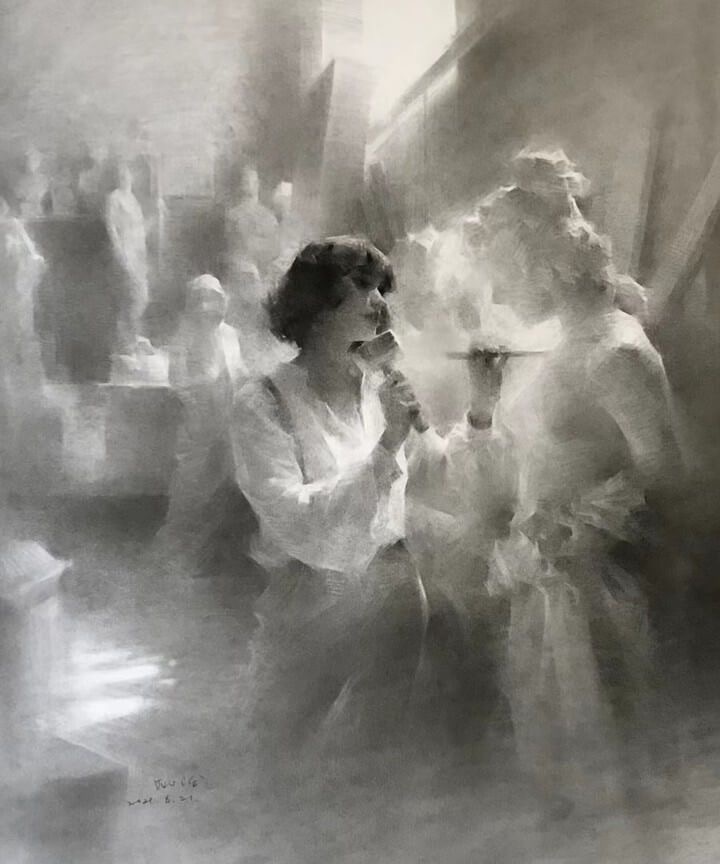
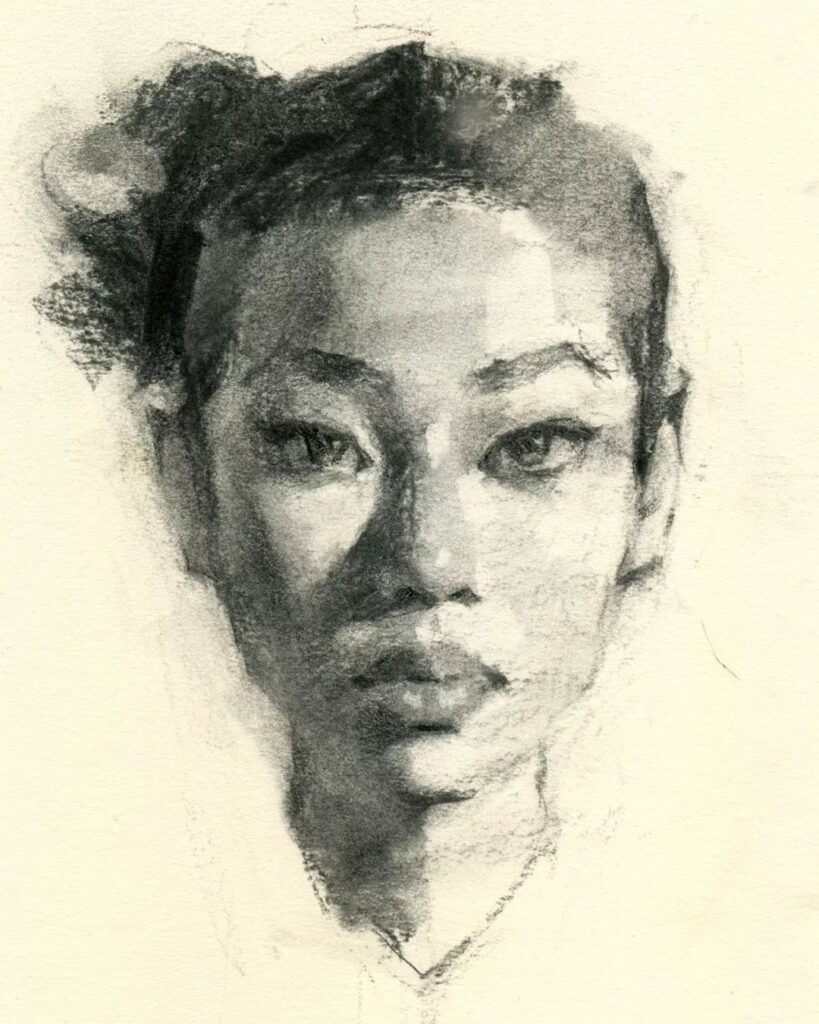
Understanding charcoal as a medium is key to mastering charcoal drawing. Charcoal is made from burnt wood and comes in different forms, including vine, compressed, and powdered charcoal. Each type of charcoal has its own unique properties and can be used in different ways to achieve different effects. Essential tools and materials for charcoal drawing include charcoal sticks or pencils, paper, blending tools, erasers, and fixatives.
Developing drawing skills is essential for creating successful charcoal drawings. This includes understanding concepts such as composition, perspective, and proportion, as well as developing techniques for creating different textures and tones. Advanced charcoal techniques, such as using charcoal powder or creating highlights with an eraser, can help artists take their drawings to the next level.
Key Takeaways
- Charcoal drawing is a versatile form of art that uses charcoal sticks or pencils to create images on paper or other surfaces.
- Understanding charcoal as a medium and having the essential tools and materials is key to mastering charcoal drawing.
- Developing drawing skills and using advanced charcoal techniques can help artists create successful and unique charcoal drawings.
Understanding Charcoal as a Medium
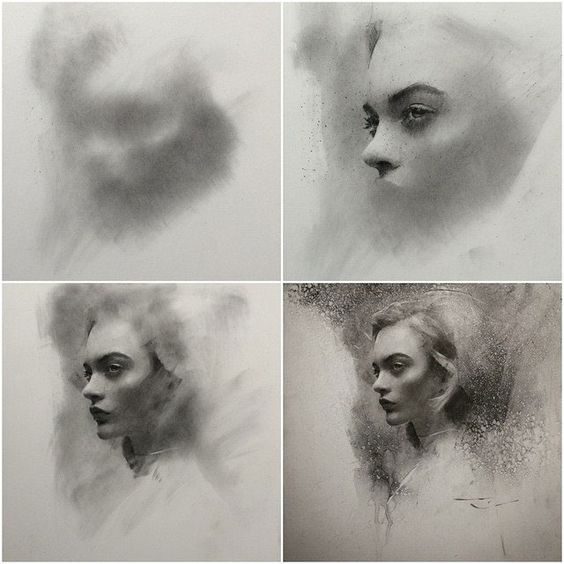
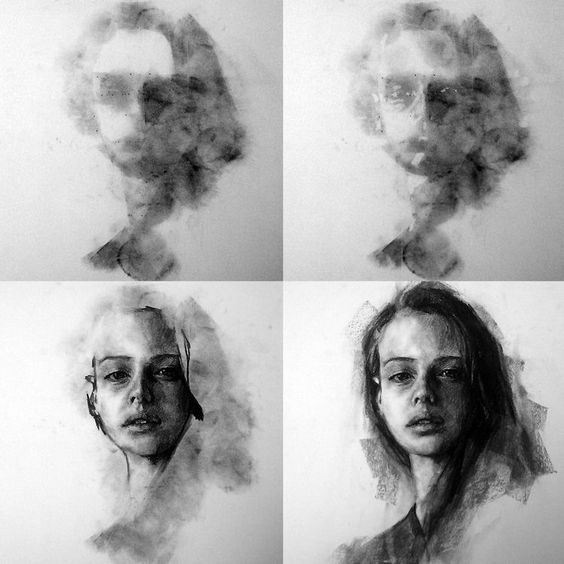
Charcoal is a versatile and popular medium used in drawing and sketching. It is made by heating wood or other organic materials in the absence of air, which removes the water and volatile components, leaving behind a carbon-rich residue. This residue is then ground into a fine powder or compressed into sticks or pencils of varying hardness.
Types of Charcoal
There are several types of charcoal available for artists, each with its own unique properties and uses. These include compressed charcoal, vine charcoal, and charcoal pencils.
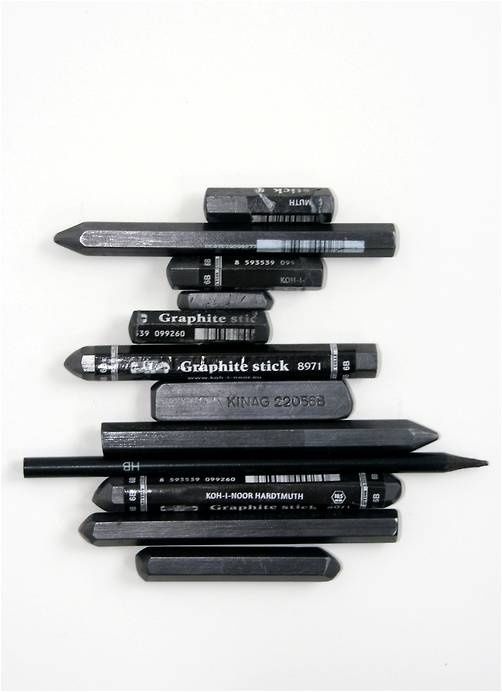
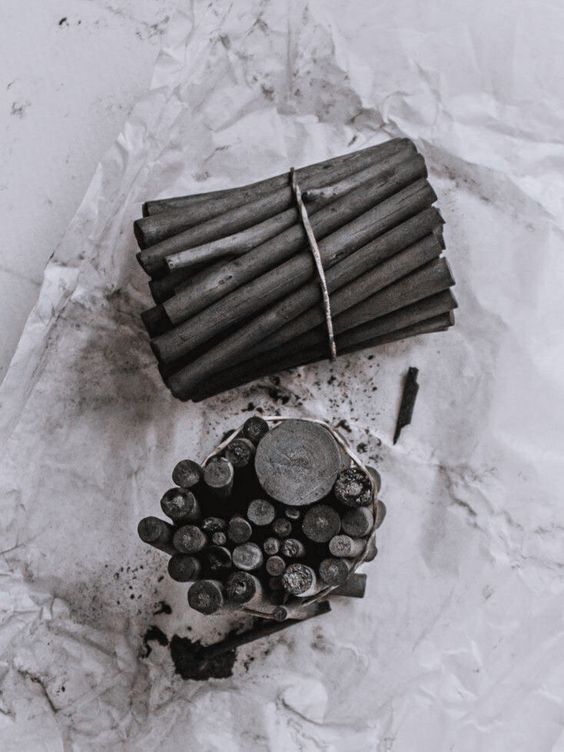
Compressed charcoal is made by compressing powdered charcoal into sticks or blocks. It is available in various degrees of hardness, from soft to hard, and produces rich, deep blacks when applied to paper. Compressed charcoal is ideal for creating bold, expressive marks and is often used for large-scale drawings.
Vine charcoal is made by burning grapevines or other thin, flexible twigs. It is softer and more delicate than compressed charcoal, producing lighter, more subtle marks. Vine charcoal is ideal for creating preliminary sketches and underdrawings, and can be easily erased or blended with a blending stump or finger.
Charcoal pencils are similar to traditional pencils, but instead of graphite, they contain compressed charcoal. They are available in various degrees of hardness, from soft to hard, and produce a wide range of tones, from light grays to deep blacks. Charcoal pencils are ideal for creating detailed drawings and for adding fine details to larger works.
Properties of Charcoal
Charcoal has several unique properties that make it a popular medium for artists. It is highly absorbent, allowing it to create rich, deep blacks when applied to paper. It is also easily blendable, allowing artists to create a wide range of tones and textures by smudging or blending the charcoal with their fingers or a blending stump.
Charcoal is also highly versatile, allowing artists to use it on a variety of surfaces, including paper, canvas, and even wood. It can be used alone or in combination with other media, such as graphite or ink, to create mixed media works.
In conclusion, charcoal is a versatile and popular medium that offers artists a wide range of creative possibilities. Whether used alone or in combination with other media, charcoal can produce bold, expressive marks or delicate, subtle details, making it an essential tool for any artist.
Essential Tools and Materials
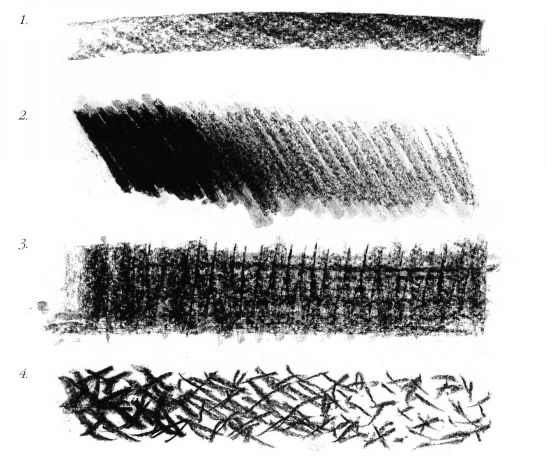
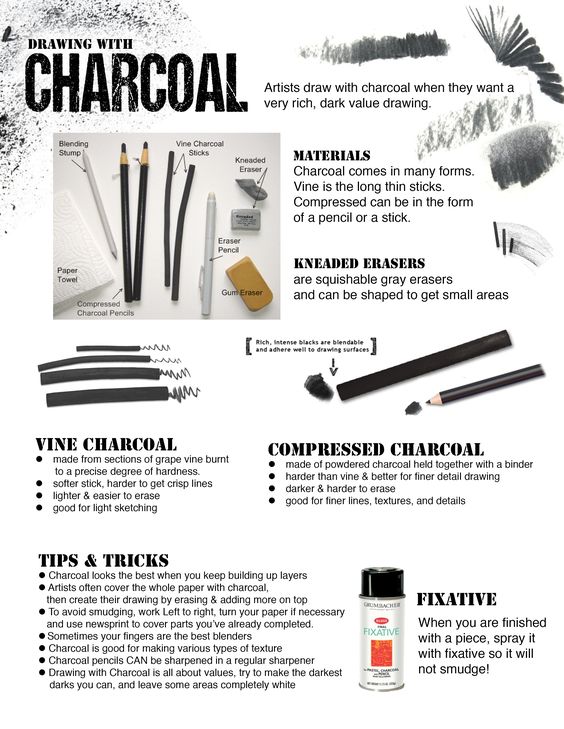
Choosing the Right Charcoal
Charcoal is a versatile drawing medium that comes in various forms such as sticks, pencils, and powder. When selecting charcoal for drawing, one should consider the type of drawing they want to create. Harder charcoals such as charcoal pencils are suitable for detailed drawings, while softer charcoals such as sticks are ideal for expressive and broad strokes.
Selecting Papers for Charcoal Drawing
The choice of paper is also an essential factor to consider when creating a charcoal drawing. Charcoal paper has a rough texture, which helps to hold the charcoal particles in place. A heavier weight paper is recommended for charcoal drawing to prevent the paper from tearing or smudging. Some artists prefer to use toned paper to create a mid-tone background for their drawing.
Additional Drawing Tools
In addition to charcoal and paper, several other materials and tools are essential for creating a successful charcoal drawing. These include pencils for sketching out the initial drawing, erasers for correcting mistakes, kneaded erasers for lifting off charcoal particles, and blending stumps for creating smooth transitions between tones.
It is also recommended to use a fixative spray to protect the finished drawing from smudging or rubbing off. Fixative can be applied in between layers of charcoal or after the drawing is complete.
Overall, choosing the right materials and tools is essential for creating a successful charcoal drawing. By selecting the appropriate charcoal, paper, and additional tools, artists can achieve a wide range of effects and create unique and expressive works of art.
Fundamentals of Charcoal Drawing
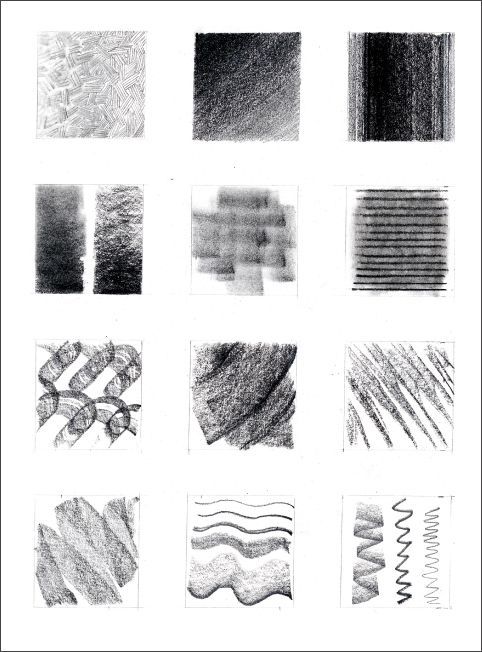
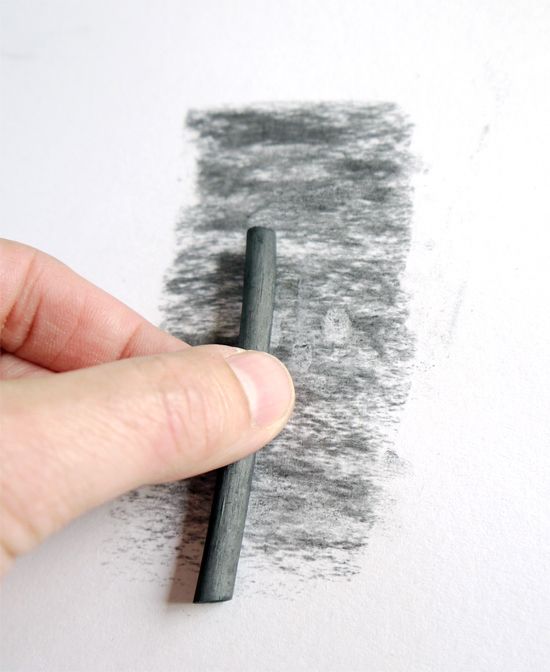
Basic Techniques
Charcoal drawing is a popular medium for artists to create expressive and dramatic works of art. The basic techniques of charcoal drawing involve using the medium to create a range of textures and tones on paper. Artists can use various types of charcoal, such as compressed, vine, and willow, to achieve different effects.
One of the most important techniques in charcoal drawing is to create a range of values. Artists can use the side of the charcoal stick to create broad strokes for shading large areas, or use the tip to create fine lines for details. By varying the pressure and angle of the charcoal, artists can create a range of textures from smooth to rough.
Understanding Light and Shadow
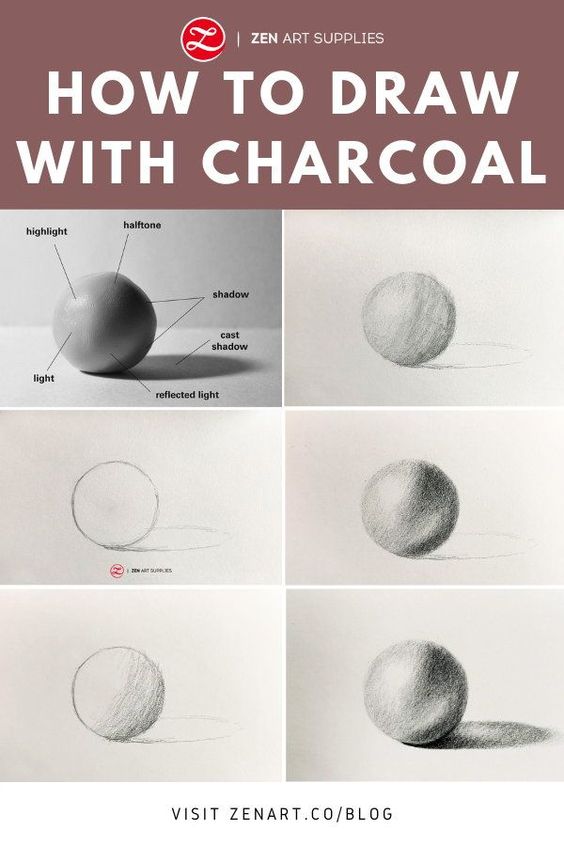
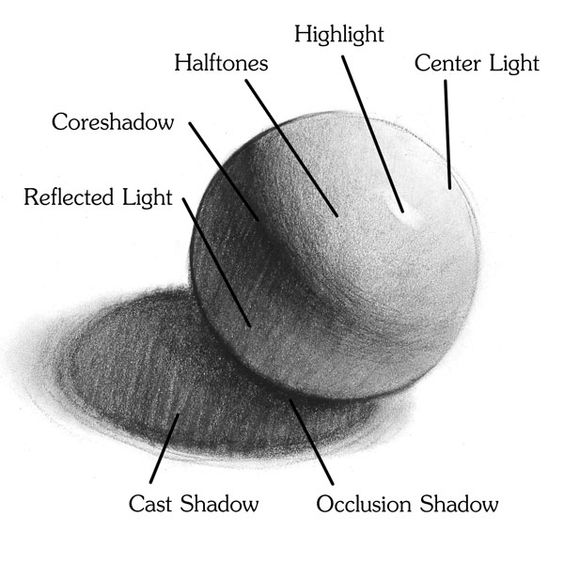
Understanding light and shadow is essential for creating depth and dimension in charcoal drawings. Artists must learn how to observe the way light falls on objects and how it creates shadows. They must also understand how to create highlights and reflections to make objects appear more three-dimensional.
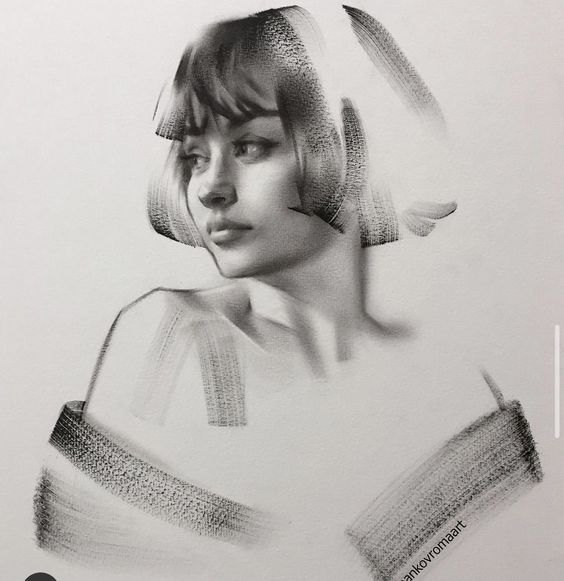
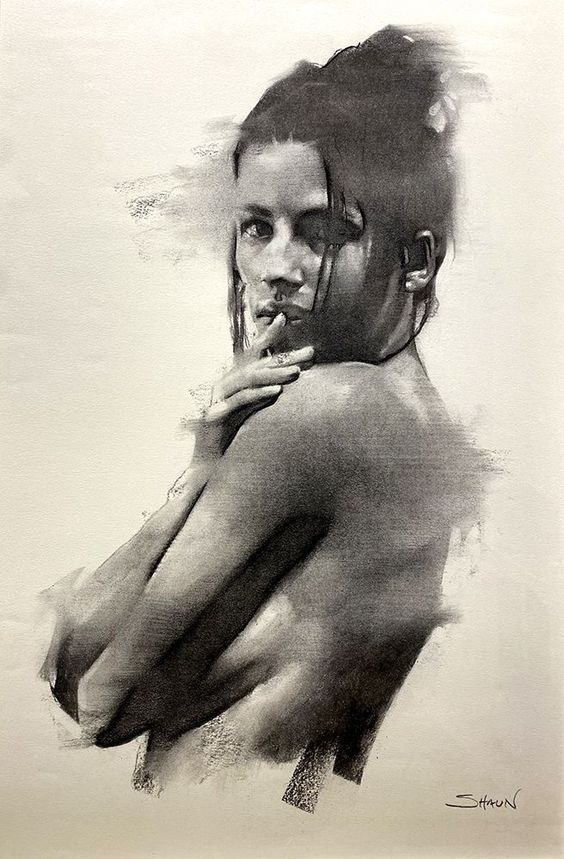
To create shadows in charcoal drawings, artists can use cross-hatching or stippling techniques to create a range of tones. They can also use erasers or blending tools to create highlights and soften edges.
Composition and Proportion
Composition and proportion are important considerations in charcoal drawing. Artists must learn how to arrange the elements of their drawings in a pleasing and balanced way. They must also understand how to create accurate proportions to make their drawings look realistic.
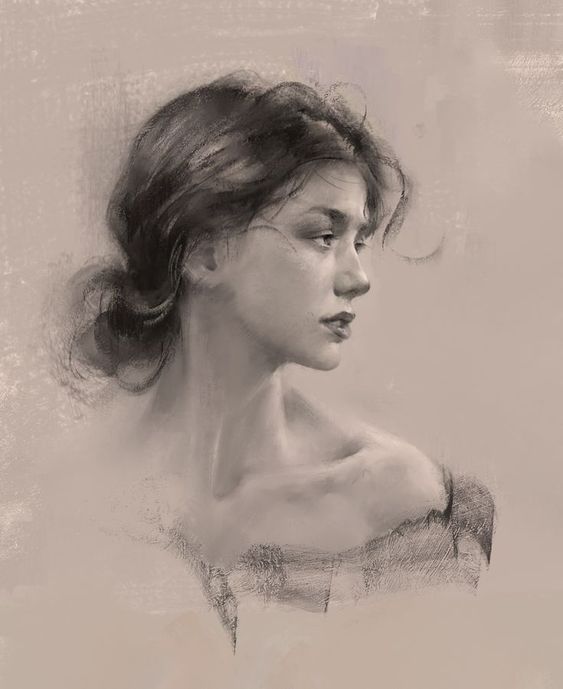
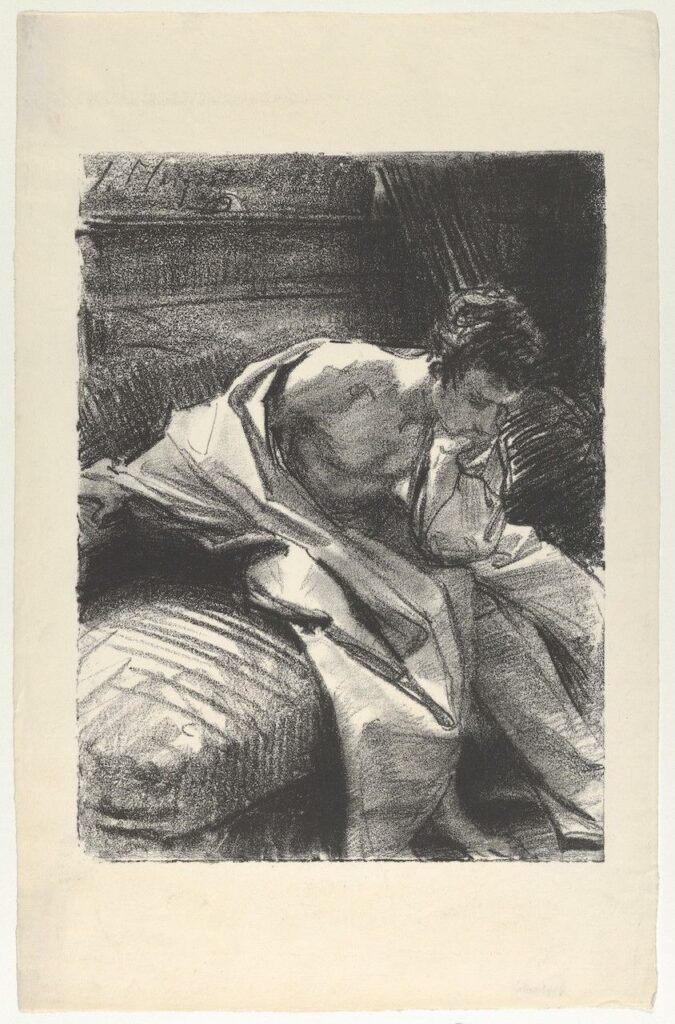
To create a strong composition, artists can use the rule of thirds, which involves dividing the drawing into thirds horizontally and vertically and placing the focal point at one of the intersections. They can also use diagonal lines to create movement and visual interest.
Overall, mastering the fundamentals of charcoal drawing takes practice and patience. By experimenting with different techniques and observing the world around them, artists can create stunning works of art that capture the essence of their subjects.
Developing Drawing Skills
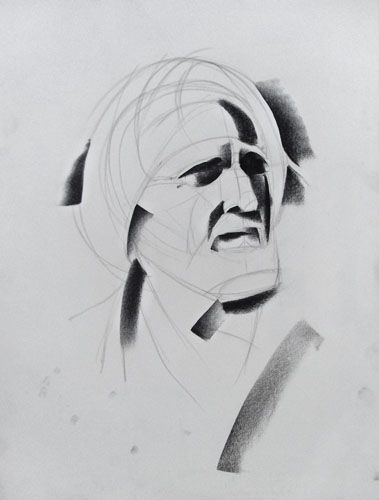
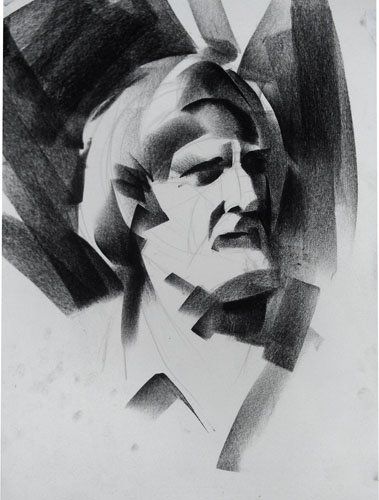
Drawing is a skill that can be learned and developed over time with practice and patience. Charcoal is a versatile medium that allows for a wide range of techniques to be used in developing drawing skills. In this section, we will explore some of the key techniques for developing drawing skills using charcoal.
Sketching and Outlining
Sketching and outlining are the foundational skills for any drawing, and charcoal is an excellent medium for both. Charcoal pencils can be used to create quick sketches and outlines that can be refined and developed over time. The softness of charcoal allows for easy blending and shading, making it ideal for creating depth and dimension in drawings.
Layering and Blending


Layering and blending are essential techniques for creating a realistic and detailed drawing. Charcoal can be layered to create depth and texture, and it can be blended to create smooth transitions between tones. Using a variety of blending tools, such as fingers, blending stumps, or brushes, can help achieve different effects and textures.
Detailing and Texturing
Details and textures are what bring a drawing to life. Charcoal is a great medium for creating a wide range of textures, from smooth and soft to rough and gritty. Using a variety of techniques, such as cross-hatching, stippling, and scumbling, can help create different textures and effects. Charcoal pencils can also be used to add fine details and accents to a drawing.
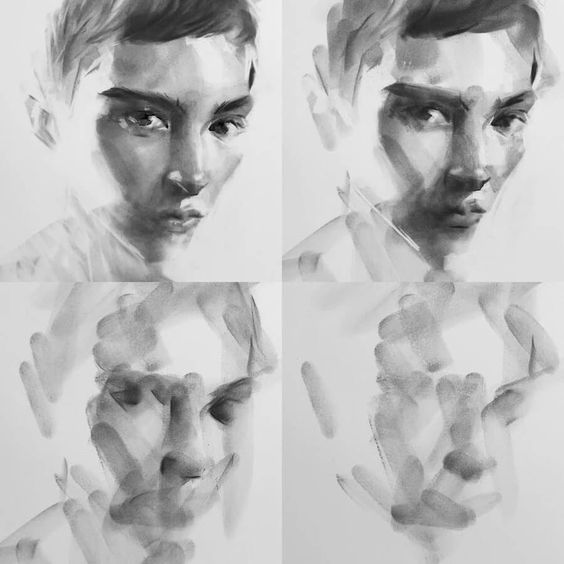
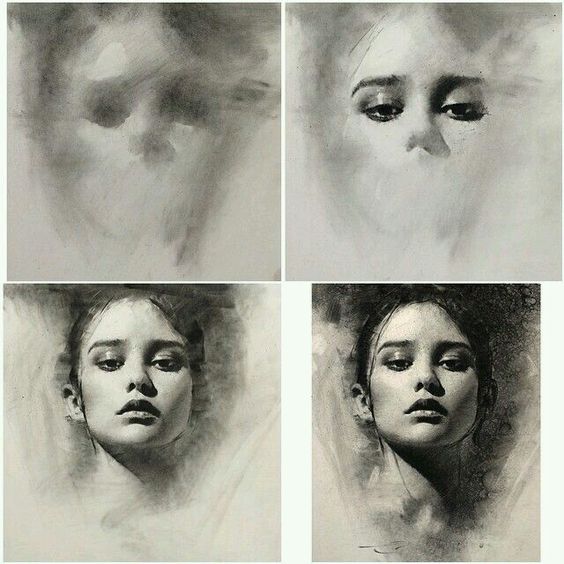
In summary, developing drawing skills with charcoal requires practice, patience, and an understanding of the various techniques involved. Sketching and outlining, layering and blending, and detailing and texturing are essential skills to master when working with charcoal. With time and practice, anyone can develop their drawing skills and create beautiful and realistic drawings using charcoal.
Advanced Charcoal Techniques
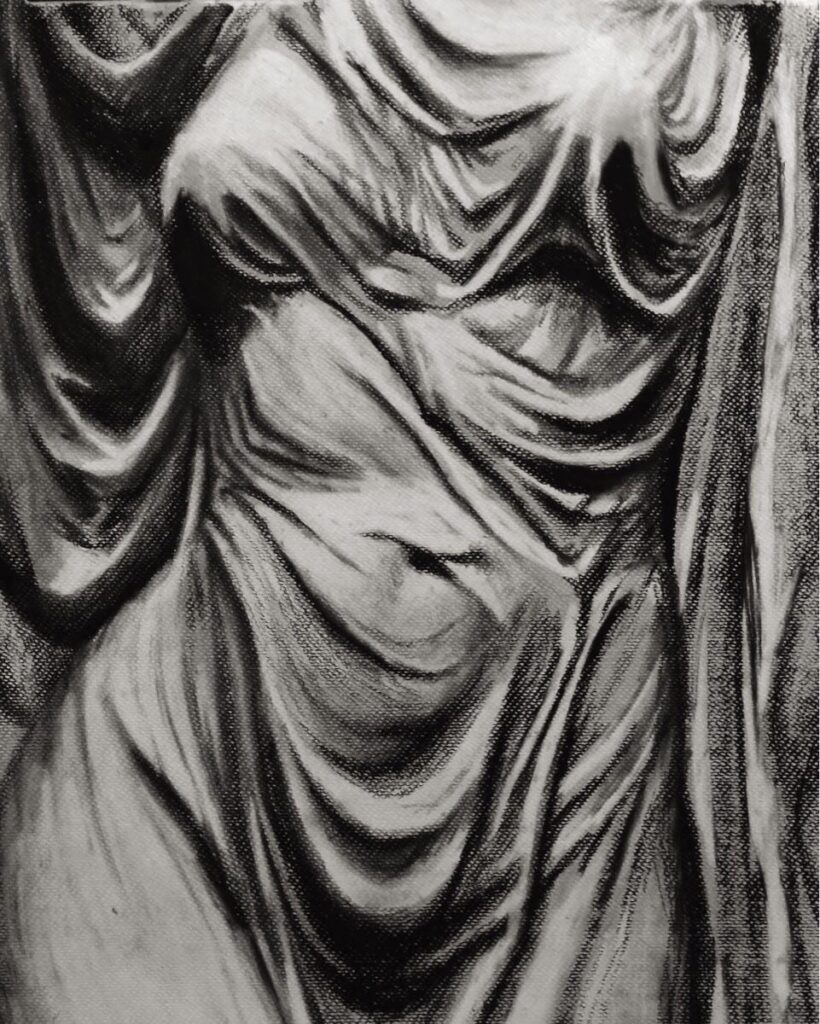
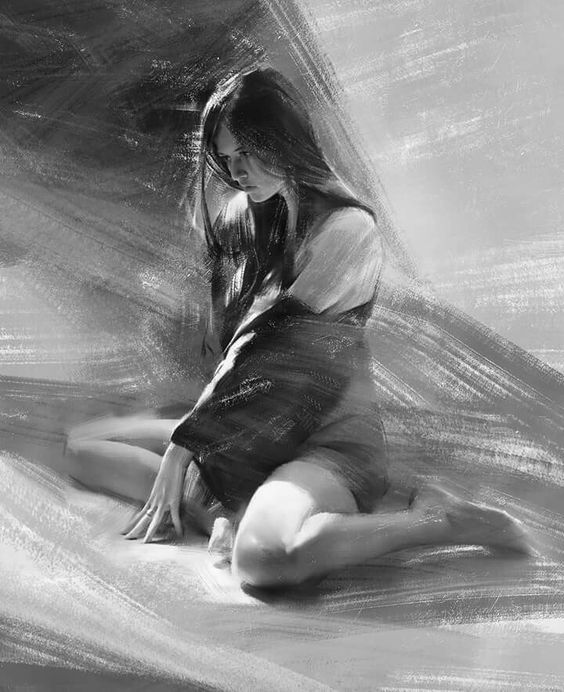
Creating Realism
To achieve a realistic effect in charcoal drawing, the artist must pay close attention to contrast and shapes. By using a combination of light and dark values, the artist can create the illusion of depth and dimension. One technique for achieving this effect is to use a combination of powdered charcoal and compressed charcoal. The powdered charcoal can be used to create a base layer of tone, while the compressed charcoal can be used to add darker values and details.
Expressive Mark-Making
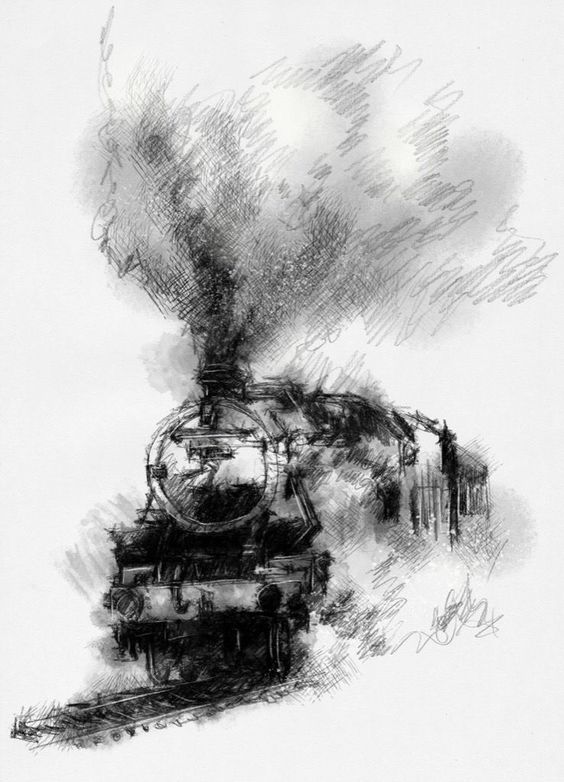
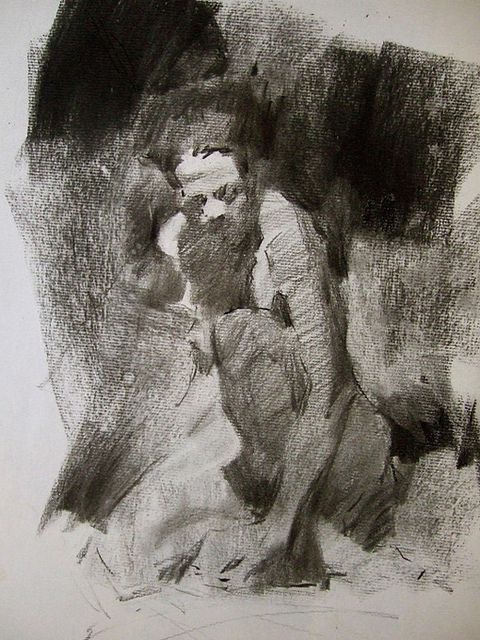
Charcoal is a versatile medium that allows for a wide range of mark-making techniques. Hatching and cross-hatching are common techniques used to create texture and depth. By varying the direction and density of the lines, the artist can create a range of effects, from delicate shading to bold, expressive marks. Other mark-making techniques include stippling, blending, and erasing.
Mixed Media Integration
Charcoal can be combined with other media to create unique effects. For example, watercolor can be used to add color to a charcoal drawing, while ink can be used to create bold outlines and accents. Collage and other mixed media techniques can also be incorporated into a charcoal drawing to add texture and interest.
Overall, advanced charcoal techniques require a combination of skill, practice, and experimentation. By mastering the basics of charcoal drawing and exploring new techniques, artists can create stunning works of art that showcase the medium’s unique qualities.
Finishing and Protecting Your Work
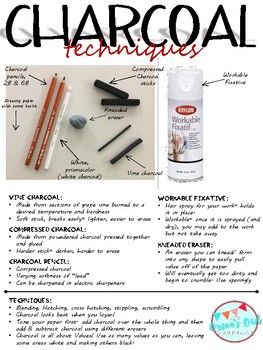
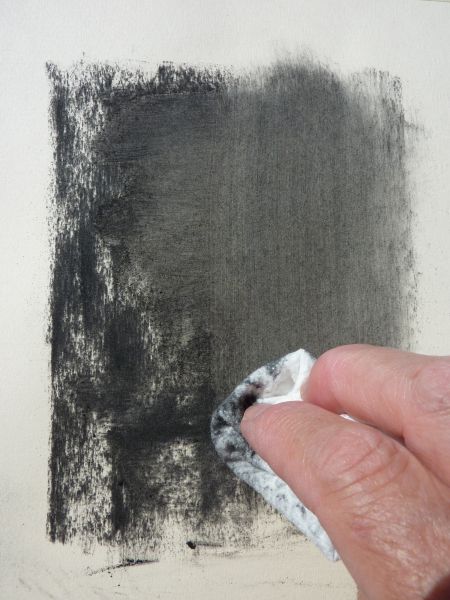
Using Fixatives
After completing a charcoal drawing, it is important to apply a fixative to protect the work from smudging or fading. A fixative is a spray that is applied to the surface of the drawing, creating a thin layer that binds the charcoal particles to the paper. There are two types of fixatives: workable and final.
A workable fixative allows the artist to continue working on the drawing by adding additional layers of charcoal or erasing mistakes. A final fixative, on the other hand, is used when the artist is finished with the drawing and wants to protect it from any further alterations.
When using a fixative, it is important to follow the manufacturer’s instructions carefully. It is recommended to apply the fixative in a well-ventilated area and to wear a mask to avoid inhaling any fumes. The artist should hold the can at least 12 inches away from the drawing and spray in a sweeping motion to ensure even coverage.
Presentation and Framing
Once the fixative has dried, the artist can choose to present the drawing in a variety of ways. One option is to mat the drawing and place it in a frame with glass. This protects the drawing from dust and damage and also allows it to be hung on a wall.
Another option is to present the drawing without a frame, by mounting it onto a board or canvas. This gives the drawing a more contemporary feel and allows the viewer to appreciate the texture of the charcoal.
Regardless of how the drawing is presented, it is important to handle it with care to avoid smudging or damaging the surface. The artist should avoid touching the surface of the drawing with bare hands and should use gloves or a protective sleeve when handling it.
Learning Resources and Practice
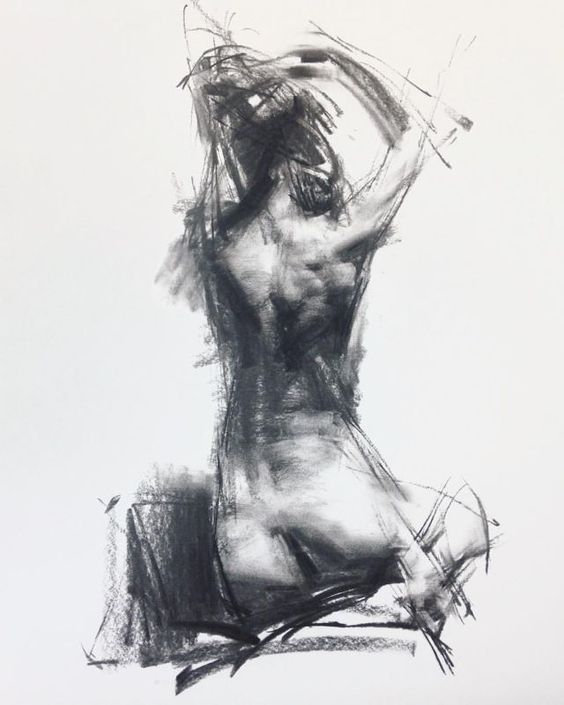
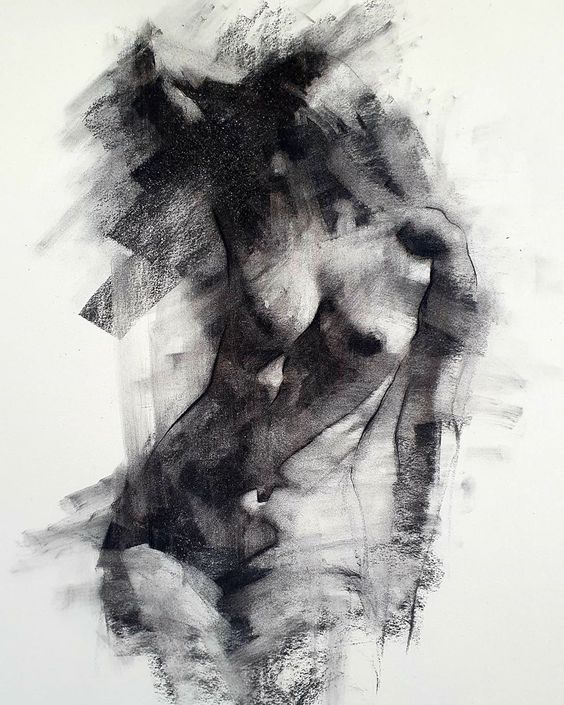
Books and Online Courses
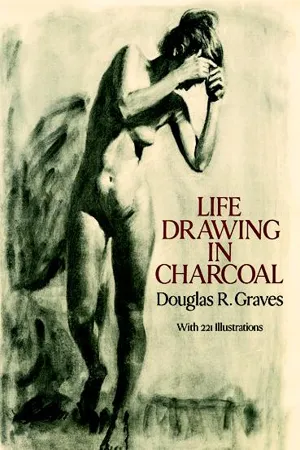

There are several books and online courses available for those who want to learn charcoal drawing. One such book is “Life Drawing in Charcoal” by Douglas R. Graves, which provides a beginner-friendly approach to figure drawing. Additionally, Domestika offers an online course titled “Charcoal Drawing for Beginners” that includes video lessons and complementary instructional material.
Workshops and Community
Attending workshops and joining a community can be a great way to learn and improve charcoal drawing skills. Workshops can provide specific projects and personalized instruction, while communities can offer support and feedback. It is recommended to research local art schools and organizations for upcoming workshops and events.
Building a Portfolio
Building a portfolio is an essential part of any artist’s career, and charcoal drawing can be a great addition to any portfolio. Creating a specific project or series of charcoal drawings can showcase an artist’s creativity and skill. Online classes and unlimited access to video lessons can provide additional guidance and success in building a portfolio.
Overall, learning charcoal drawing requires practice and dedication. By utilizing various learning resources such as books, online courses, workshops, and communities, artists can improve their skills and creativity in charcoal drawing.
Inspiration and Creativity
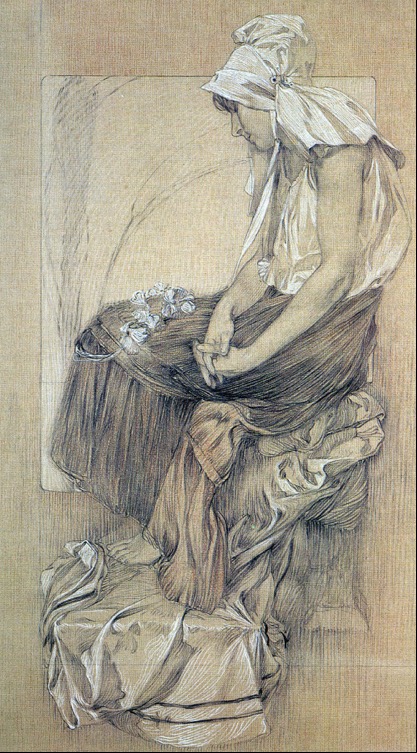
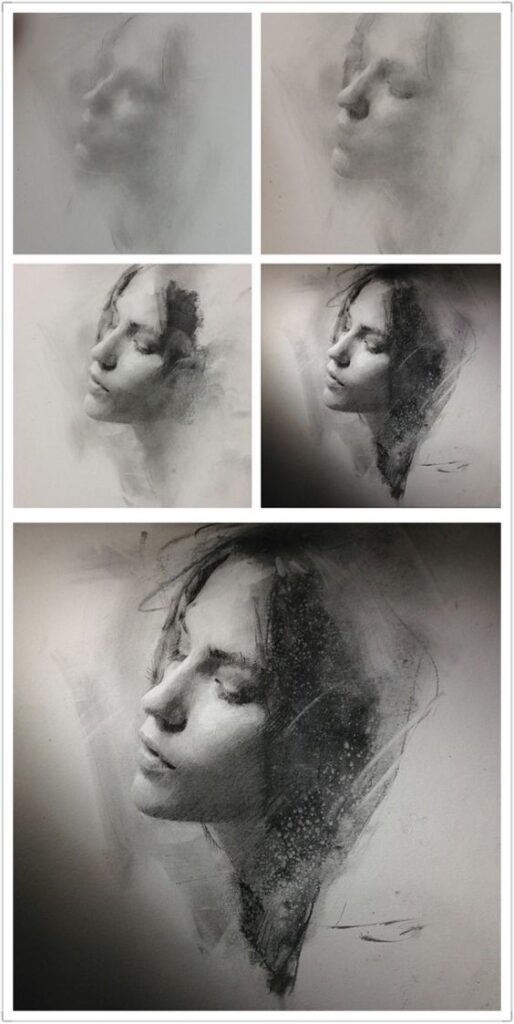
Charcoal drawing is a form of art that requires inspiration and creativity. Professional artists use various techniques to gather ideas and explore different styles to create unique and captivating illustrations and portraits.
Exploring Different Styles
Exploring different styles is an essential aspect of charcoal drawing. Professional artists experiment with different techniques, such as cross-hatching, blending, and smudging, to create unique and captivating compositions. Each style has its own strengths and weaknesses, and it is up to the artist to choose the one that best suits their vision.
Gathering Ideas
Gathering ideas is a crucial step in the creative process of charcoal drawing. Professional artists use various techniques to gather inspiration, such as observing nature, studying other artists’ works, and experimenting with different materials. Ideas can come from anywhere, and it is up to the artist to find creative ways to express them on paper.
Charcoal drawing is a form of art that requires both technical skill and creativity. Professional artists use various techniques to explore different styles and gather ideas to create unique and captivating illustrations and portraits. With practice and dedication, anyone can learn the art of charcoal drawing and express their creativity on paper.
Frequently Asked Questions
What are the essential materials needed for charcoal drawing?
To start charcoal drawing, one needs charcoal sticks, a drawing surface, an eraser, and fixative. The drawing surface can be any paper with a rough texture that can hold the charcoal, such as toned paper or watercolor paper.
How can beginners start learning charcoal drawing?
Beginners can start by practicing basic techniques, such as shading, blending, and creating contrast. They can also start by drawing simple objects, such as fruits or flowers, and gradually move onto more complex subjects. Watching tutorials and taking classes can also be helpful in learning the basics of charcoal drawing.
What techniques are used to create a realistic portrait with charcoal?
To create a realistic portrait, an artist needs to pay attention to the proportions and features of the subject. They can start by sketching the outline of the face and then gradually adding shading and details. Blending and smudging the charcoal can also be helpful in creating a realistic look.
Can you suggest some charcoal drawing exercises to improve skills?
Some exercises that can help improve charcoal drawing skills include drawing from life, practicing different shading techniques, and experimenting with different types of charcoal. Drawing from photographs can also be helpful in improving one’s skills.
What is the difference between vine and compressed charcoal?
Vine charcoal is made from natural materials and is softer and lighter than compressed charcoal. It is ideal for creating initial sketches and outlines. Compressed charcoal, on the other hand, is denser and darker than vine charcoal and is better suited for creating darker areas and details.
How do you preserve a charcoal drawing once it is finished?
To preserve a charcoal drawing, it is important to use a fixative spray to prevent smudging and fading. The drawing should also be stored in a protective sleeve or frame to prevent damage. It is recommended to avoid touching the drawing with bare hands as oils from the skin can cause damage over time.
- 3.4Kshares
- Facebook0
- Pinterest3.4K
- Twitter3
- Reddit0
